Amy McDermott
Summer 2016 Science Writing Intern

Trustworthy journalism comes at a price.
Scientists and journalists share a core belief in questioning, observing and verifying to reach the truth. Science News reports on crucial research and discovery across science disciplines. We need your financial support to make it happen – every contribution makes a difference.
All Stories by Amy McDermott
-
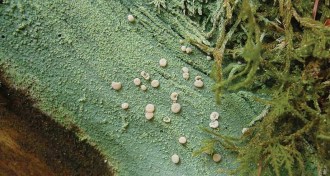 Life
LifeLichens are an early warning system for forest health
Lichens, fascinating mosaics of fungi and algae or cyanobacteria, are made for sensing environmental change.
-
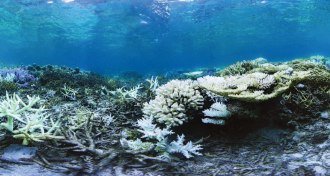 Oceans
OceansReef rehab could help threatened corals make a comeback
Reefs are under threat from rising ocean temperatures. Directed spawning, microfragmenting and selective breeding may help.
-
 Genetics
GeneticsEndurance training leaves no memory in muscles
Unlike strength training, endurance workouts left no genetic trace months later, calling into question idea of a general muscle memory.
-
 Animals
AnimalsSandboxes keep chicken parasites at bay
Fluffing feathers in sand and dust prevents severe mite infections in cage-free hens.
-
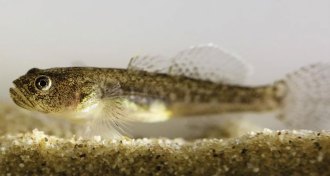 Life
LifeCalifornia’s goby is actually two different fish
One fish, two fish: California’s tidewater goby is two species.
-
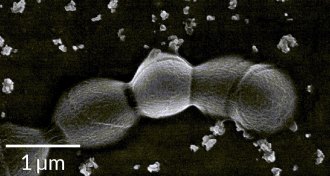 Health & Medicine
Health & MedicineBacterial weaponry that causes stillbirth revealed
Vaginal bacteria may cause stillbirth by deploying tiny weapons
-
 Animals
AnimalsFor snowy owls, wintering on the prairie might be normal
Some snowy owls leave the Arctic for winter. That’s not a desperate move, new study says.
-
 Genetics
GeneticsAncient reptiles saw red before turning red
The discovery that birds and turtles share a gene tied to both color vision and red coloration is more evidence that dinosaurs probably saw the color red — and perhaps were even red, too.
-
 Animals
AnimalsGetting rid of snails is effective at stopping snail fever
For the tropical disease snail fever, managing host populations is more effective than drugs.
-
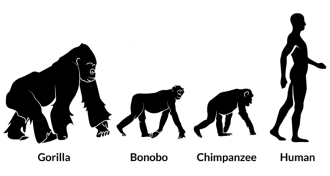 Genetics
GeneticsEvolution of gut bacteria tracks splits in primate species
Primates and microbes have been splitting in sync for at least 10 million years.
-
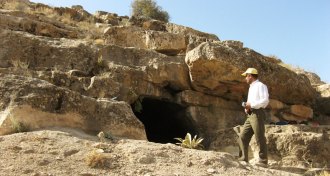 Anthropology
AnthropologyTwo groups spread early agriculture
The Fertile Crescent was a diverse place. Multiple cultures were involved in the dawn of farming.
-
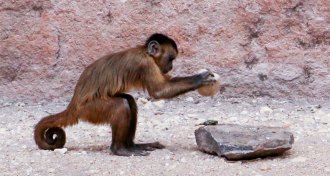 Anthropology
AnthropologyEarliest evidence of monkeys’ use of stone tools found
600- to 700-year-old nut-cracking stones from Brazil are earliest evidence that monkeys used tools.